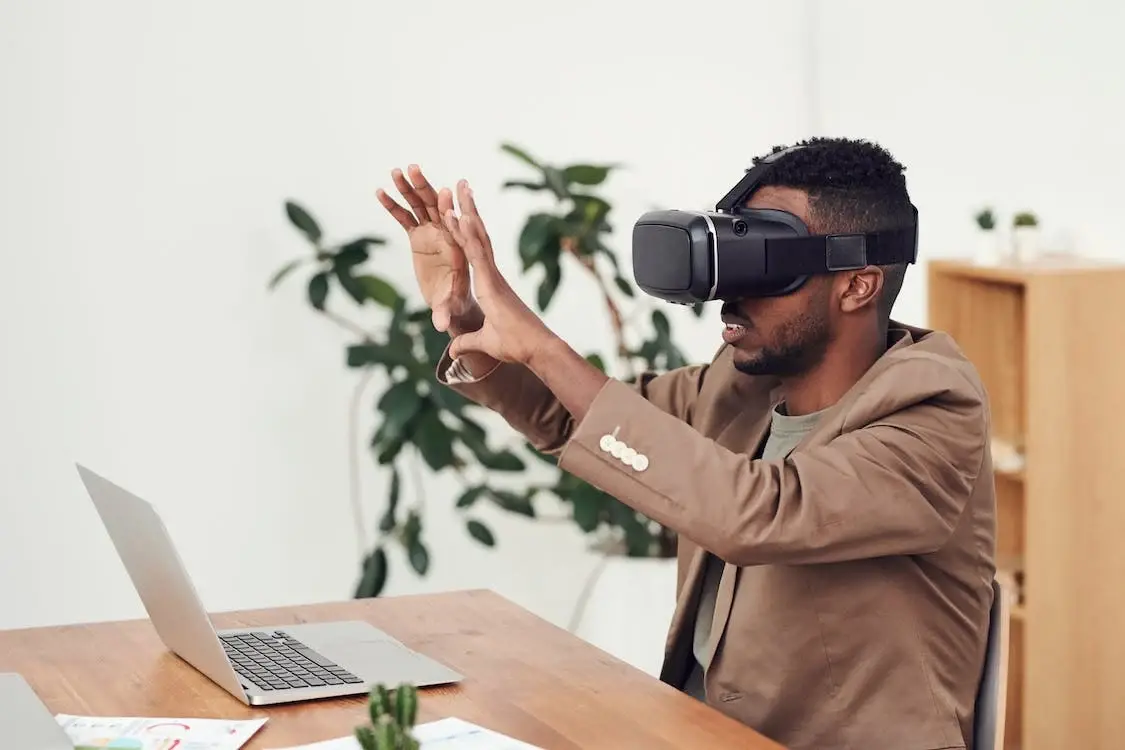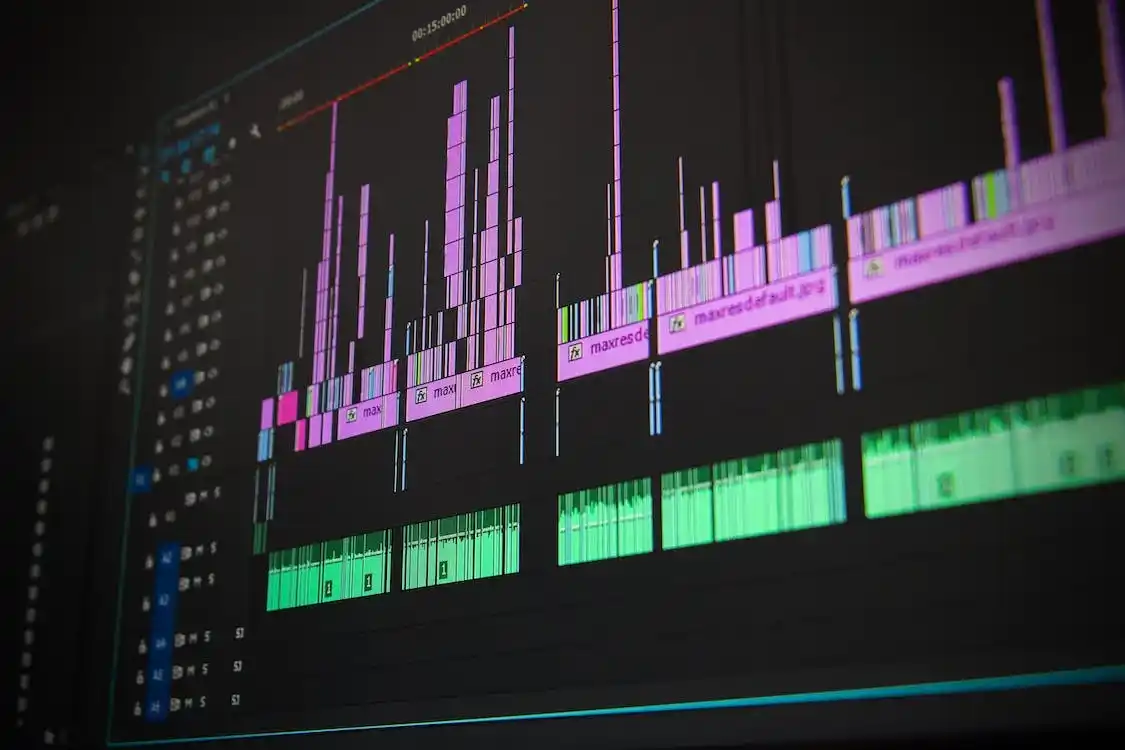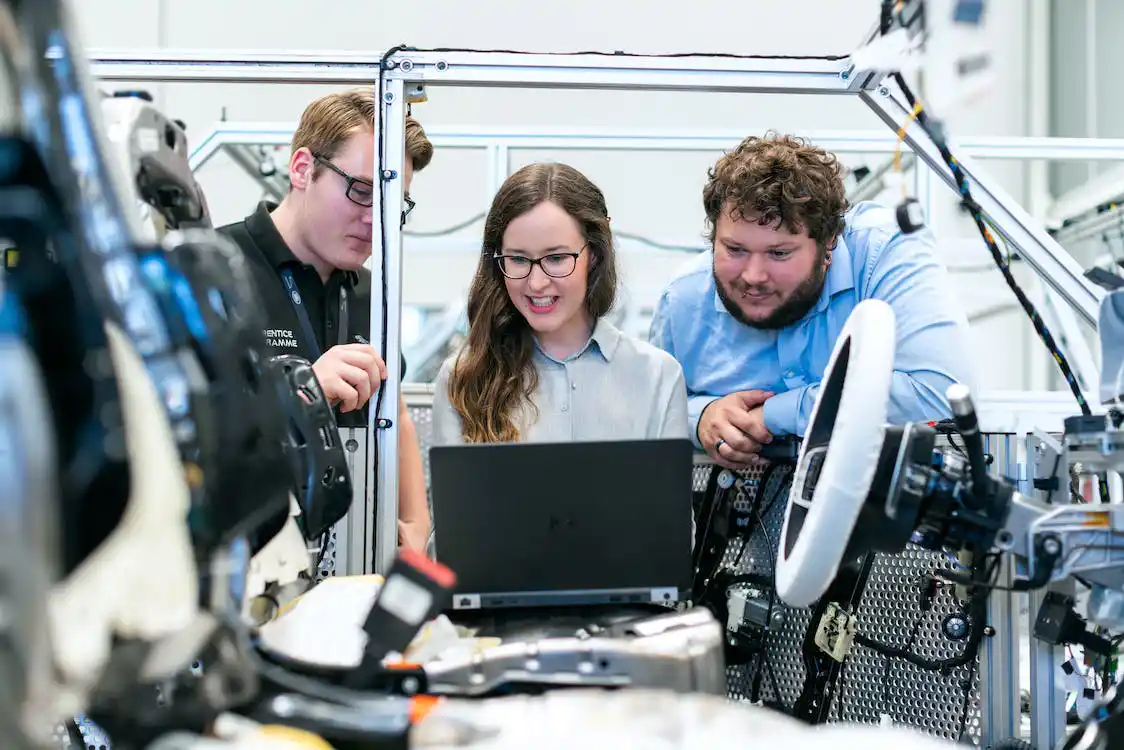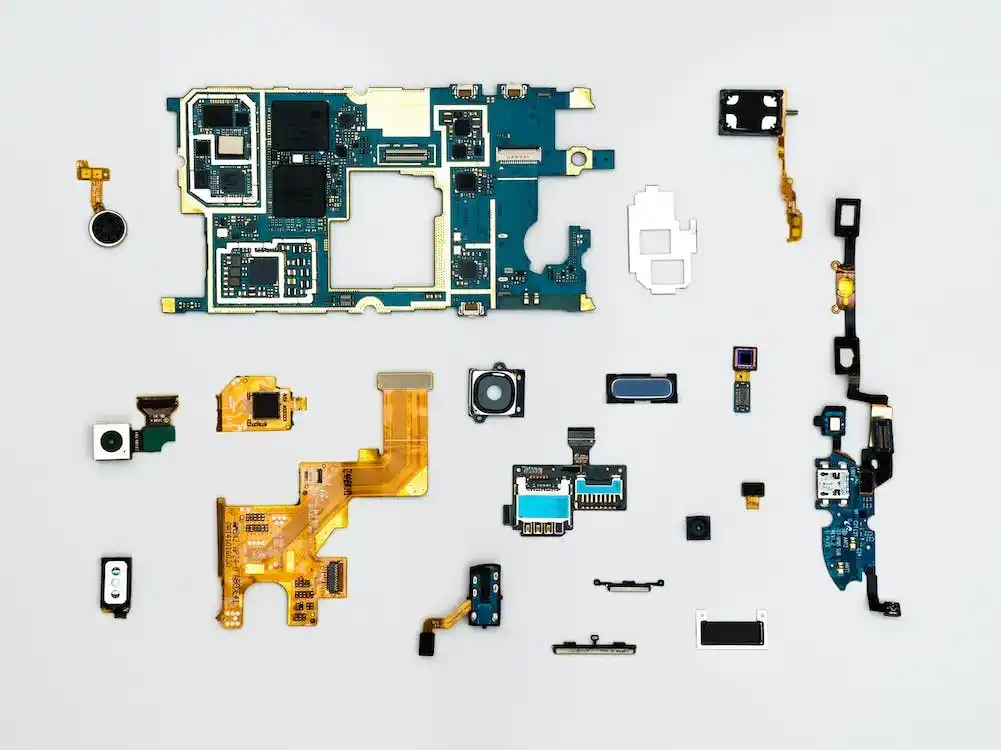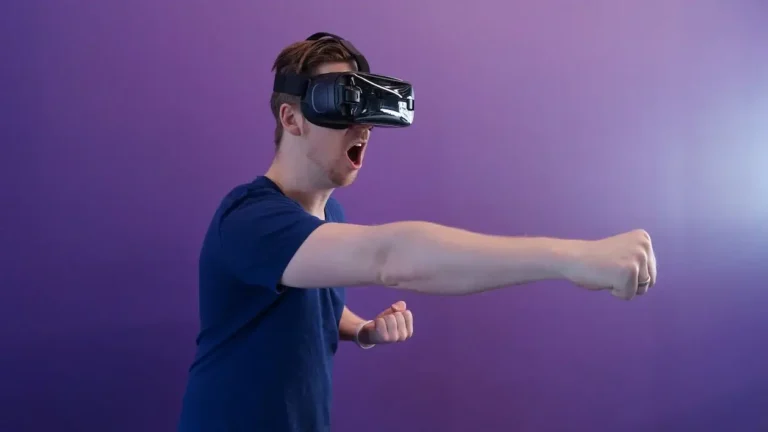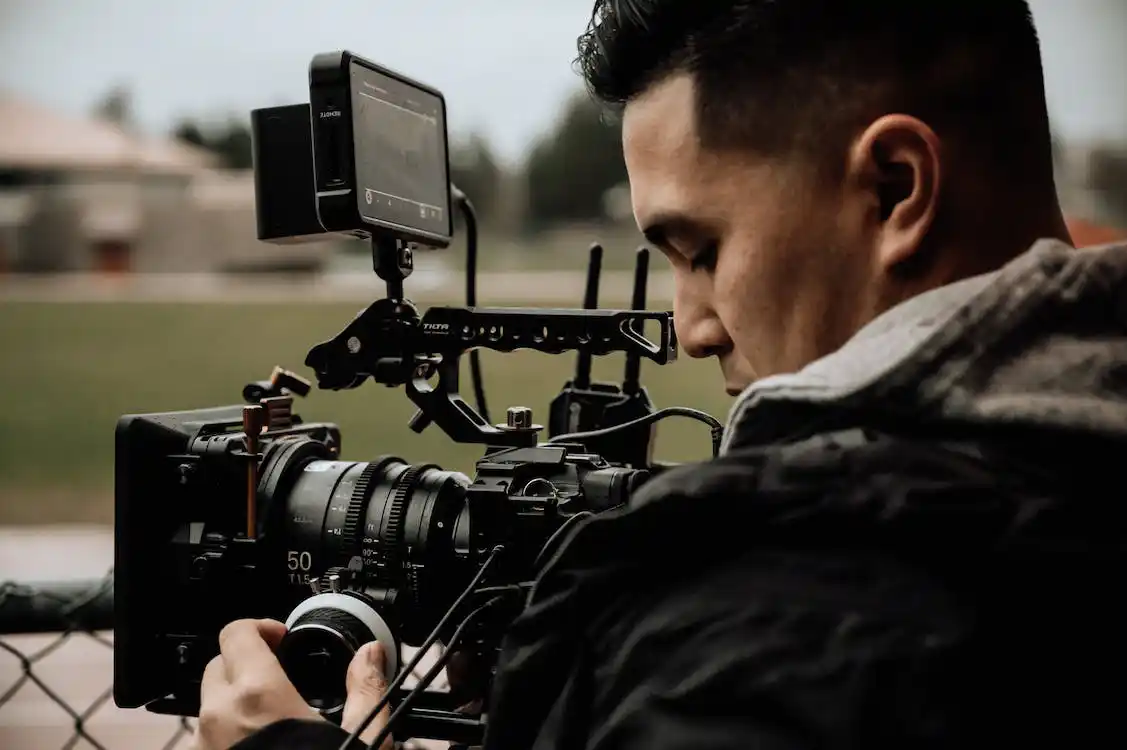Virtual reality (VR) has come a long way since its inception in the 1960s. It was initially used for military and aviation training, but with advancements in technology, it has become accessible to the general public. VR offers a fully immersive experience where users can interact with a digital world in a realistic way. The future of virtual reality is expected to be even more exciting as technology advances.
Advancements in VR Technology
One of the most significant advancements in VR technology is the development of standalone VR headsets. These headsets do not require a connection to a computer or console, making them much more accessible to the general public. Companies like Oculus and HTC have released standalone VR headsets, and their popularity has been steadily increasing. In the future, we can expect to see even more standalone VR headsets with improved graphics and features.
Another area where VR technology is advancing is in haptic feedback. Haptic feedback provides users with a sense of touch in a virtual environment. This technology is currently in its early stages, but it has the potential to revolutionize the way we interact with virtual environments. With haptic feedback, users can feel the weight of objects or the texture of surfaces in a virtual world. As this technology improves, we can expect to see even more realistic and immersive VR experiences.
Applications of VR
The applications of VR are vast and varied. One area where VR is already being used is in education. VR allows students to interact with digital representations of historical events or scientific concepts, making learning more engaging and interactive. In the future, we can expect to see even more educational applications of VR, including virtual field trips and language learning.
Another area where VR is being used is in healthcare. VR can be used to help patients manage pain, anxiety, and phobias. It can also be used for medical training, allowing doctors and nurses to practice procedures in a safe and controlled environment. As VR technology improves, we can expect to see even more medical applications of VR.
The Future of VR Gaming
One area where VR has already made a significant impact is in gaming. VR gaming provides a level of immersion that traditional gaming cannot match. As VR technology improves, we can expect to see even more exciting and innovative VR games. Some experts predict that VR gaming will eventually become the primary form of gaming.
One potential challenge for the future of VR gaming is motion sickness. Motion sickness is a common problem for some VR users, and it can limit the amount of time they can spend in a virtual environment. However, as VR technology improves, we can expect to see fewer instances of motion sickness.
Conclusion
The future of virtual reality is bright. As technology continues to improve, we can expect to see even more exciting and innovative VR experiences. With advancements in standalone VR headsets, haptic feedback, and applications in education, healthcare, and gaming, VR is poised to become an even more significant part of our lives in the coming years.
Overall, VR has the potential to revolutionize the way we learn, work, and play. Whether it’s exploring a new world or practicing a medical procedure, VR offers a level of immersion and interaction that was previously impossible. The future of VR is limited only by our imagination and the technology available to us.
Best Articles
Read about Virtual Reality
